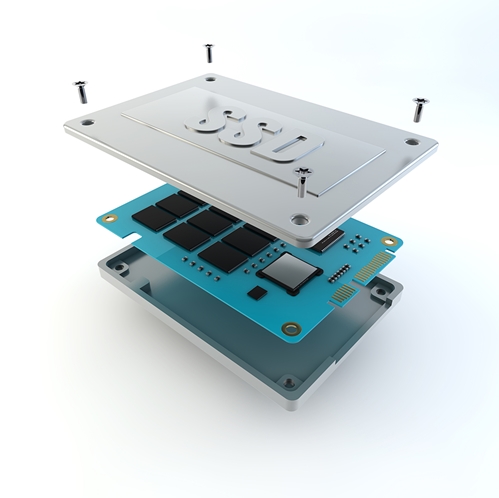
In most data centers, as in most computers, data is commonly stored on hard drives. However, this trend has been slowly changing as the price of solid-state drives (SSD) falls steadily over time.
Though it is still more expensive per gigabyte to store data in an SSD versus a hard drive, SSDs carry numerous advantages, including faster read/write speeds, lower energy consumption, reduced heat generation and greater reliability. This is largely the result of SSD construction—unlike hard drives, they have no moving parts, and as a result are less prone to failure due to shock or physical damage.
This is why some data centers are seeking to complement—though not necessarily replace—existing hard drives with SSDs. Thanks to their reliability and reduced energy consumption, it is an investment that can pay off in the long run.
Of course, like any investment, SSD-based storage infrastructure needs to be maintained. Solid-state drives are not completely immune to failure, but data center operators can take steps to ensure that they get the most out of their technology.
Writing for Data Center Knowledge, contributor Doug Rollins explains that the read-write settings of SSDs grow less reliable as the drives age, potentially leading to failure. However, by periodically tuning these functions, users can reduce that risk. The process is known as "dynamic read tuning."
Proper drive care, along with numerous other measures to control a data center's environmental conditions and manage its level of energy consumption, can ensure that the facility achieves maximum uptime and protects vital data. This is a crucial aspect of data center infrastructure management.

